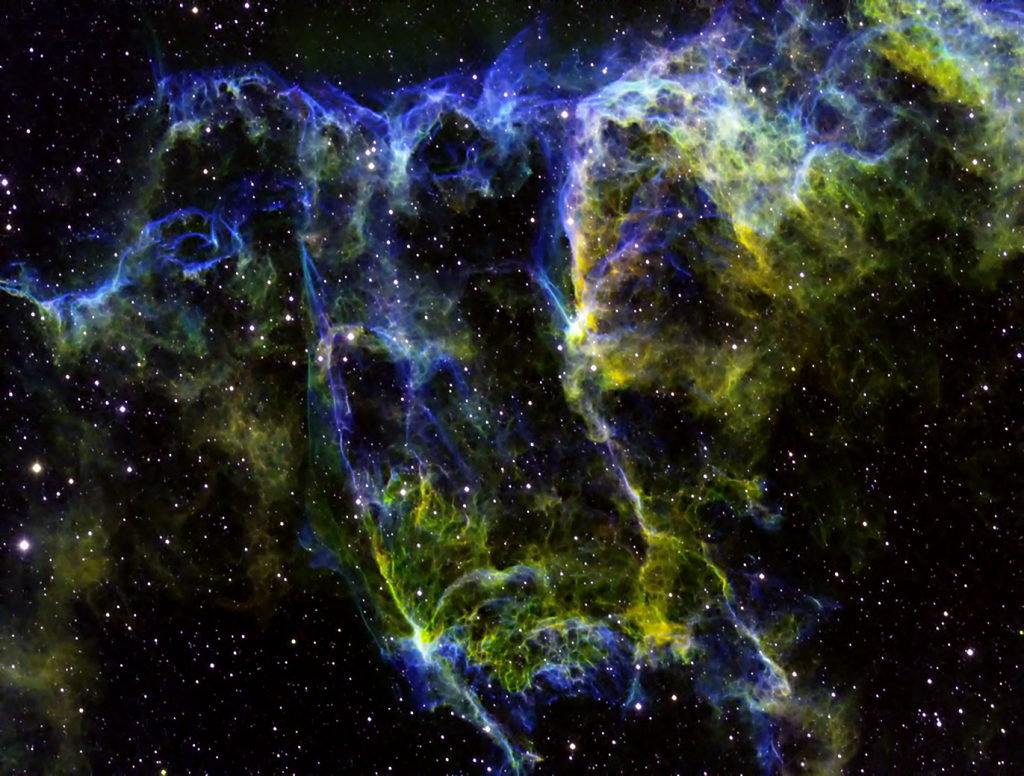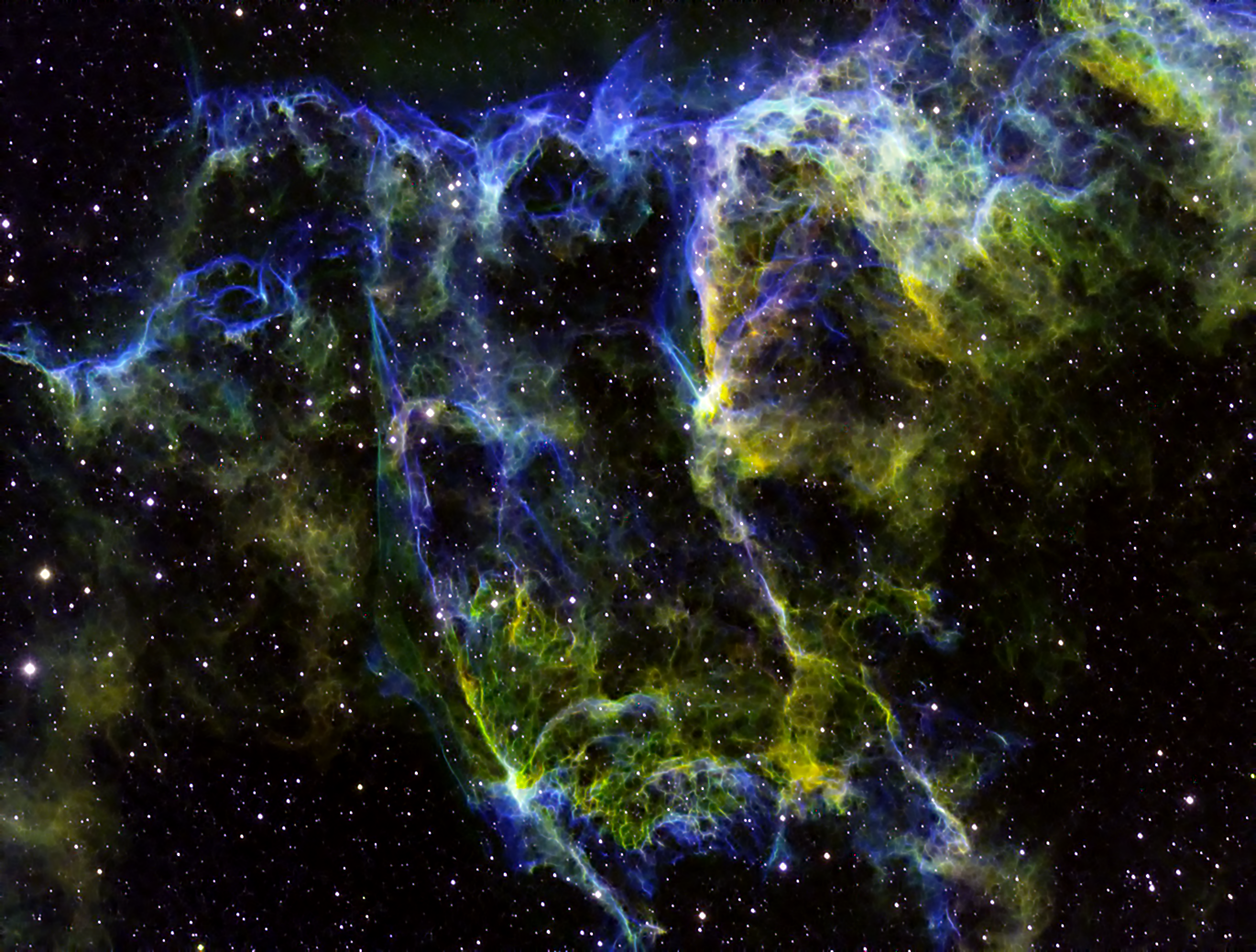
Similar Posts
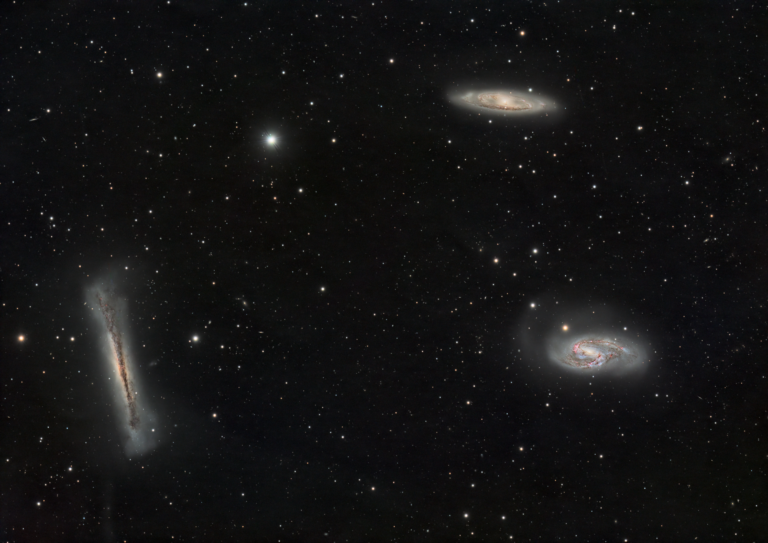
The Leo Trio (again)
It’s been awhile since I imaged the “Leo Trio” (aka Leo Triplet) of galaxies: M65, M66, and NGC 3628. I wanted to see if my latest equipment, software, and somewhat darker skies made a difference. I’d say so… this is a total of 25 hours of exposure time, including some Hydrogen-alpha filter data to pull…
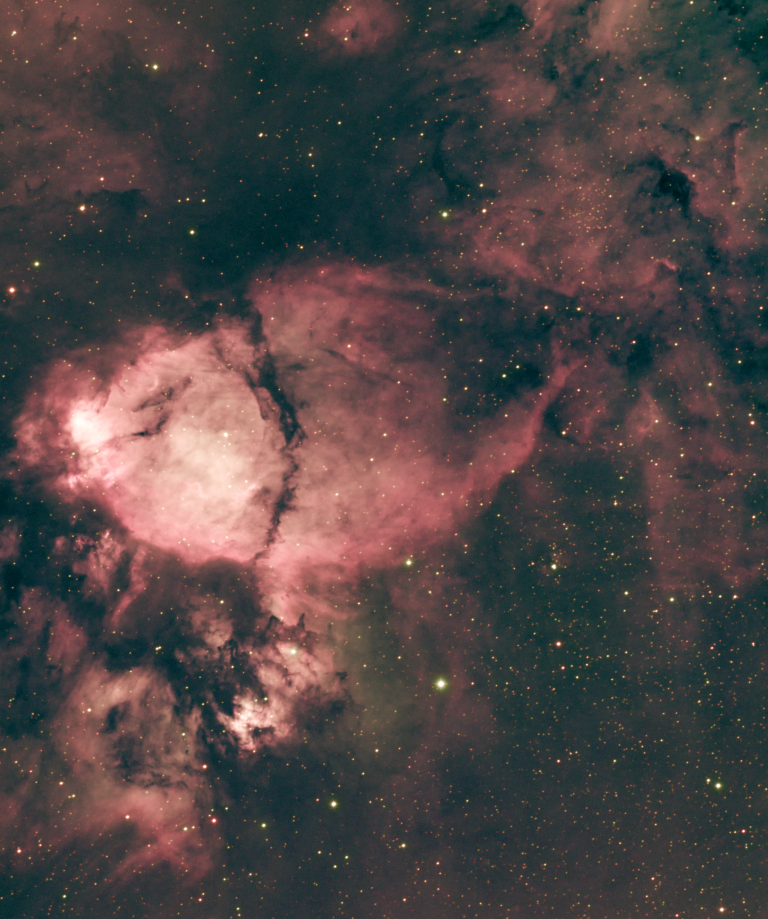
The “Fish-Head Nebula”
It’s really just a small portion of the Heart Nebula… that kinda looks like a fish. Maybe not the prettiest object in the cosmos, but it reflects a few technical accomplishments for me. About 20 hours of exposure time in total on this. Below I’m presenting it in a false-color “Hubble Palette”, as well as…
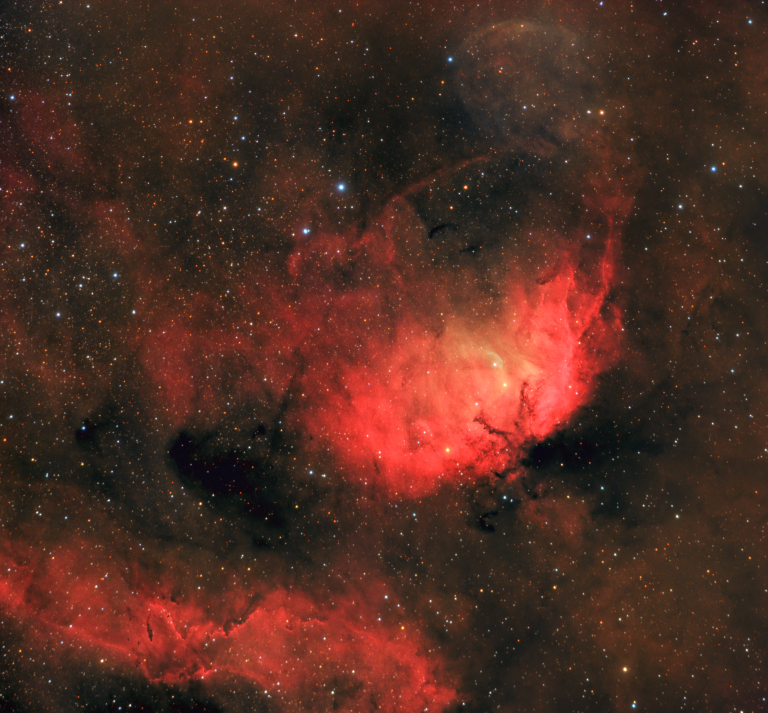
Space Tulip and a Black Hole!
This is the Tulip Nebula in Cygnus, but see that shell-like structure just above it, to the right a little? That’s the bow shock wave of Cygnus X-1, a stellar-mass black hole! It’s one of the most powerful X-ray sources in the sky – but don’t worry, our atmosphere protects you from it. 20 hours…
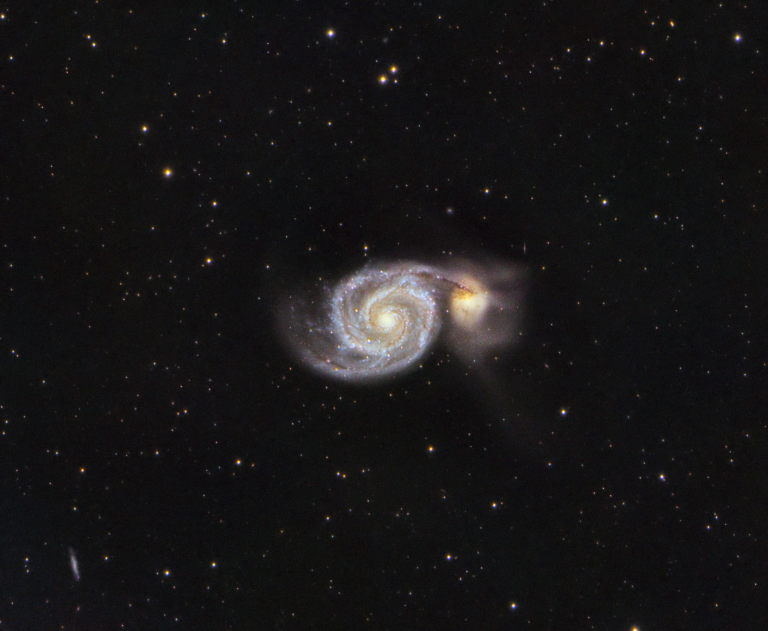
M51, the Whirlpool Galaxy – Another year, another try
Every year I image the “Whirlpool Galaxy” (really a pair of galaxies interacting with each other,) and every year it gets a little bit better. This year it was shot from our new observatory, on a newly-tuned mount and with some more image processing experience under my belt. It’s also under slightly darker skies, which…
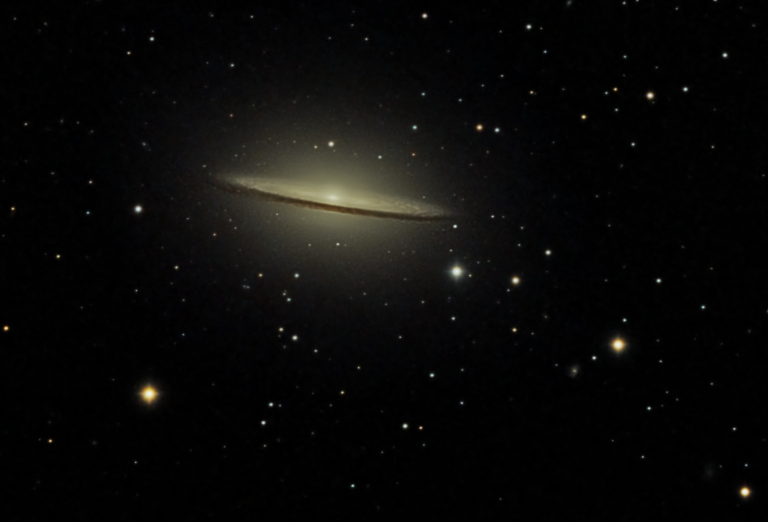
Sombrero Galaxy
M104 is known as the “Sombrero Galaxy” due to its visual appearance – but a deep, long-exposure image reveals its true structure. It’s a lenticular galaxy about 30 million light-years away, about 30% the size of our own Milky Way galaxy.
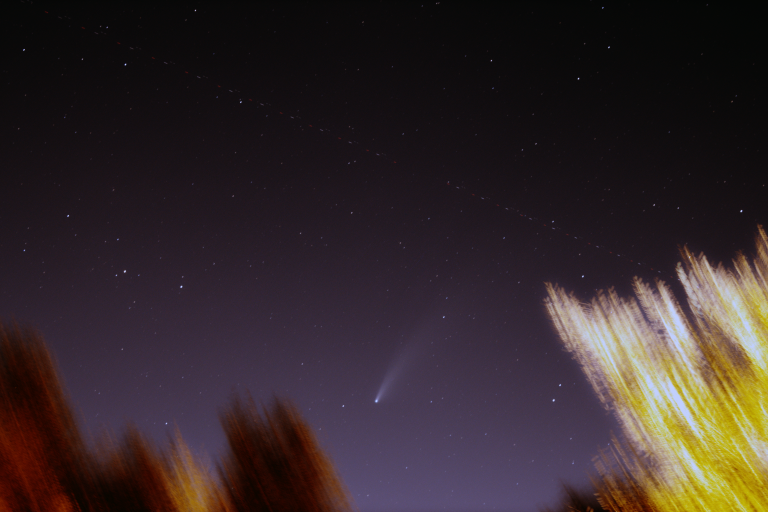
Comet hunting!
There’s a comet in the sky! They don’t appear this bright very often, so don’t miss what could be a once-in-a-lifetime chance to see a comet with your own eyes. It’s tough to spot here in suburbia with your eyes, but it’s easy to see with binoculars. Its official name is C/2020 F3 NEOWISE. Just…

